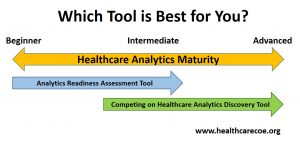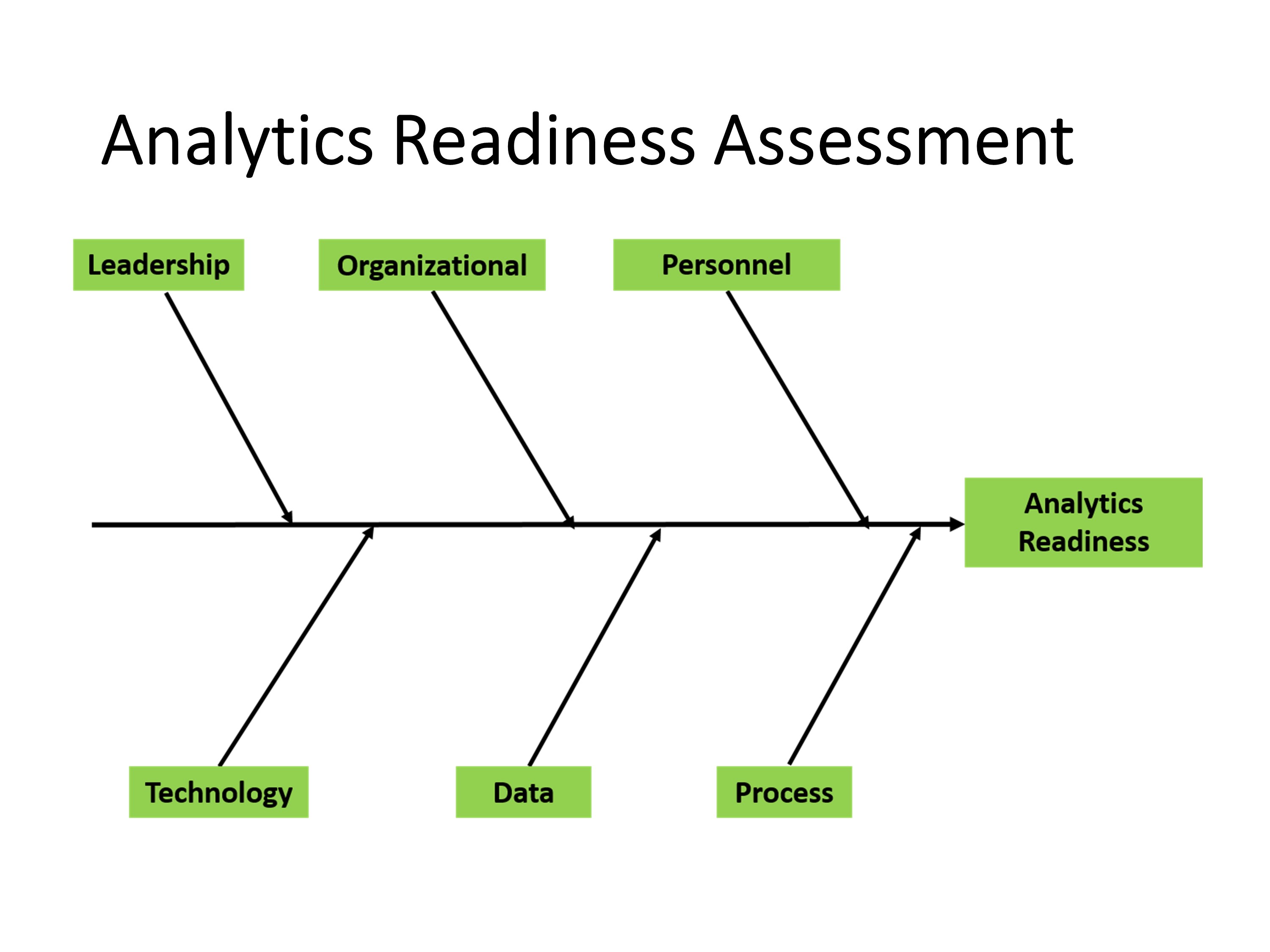Your Population Health Analytics Needs…From Start to Finish
New Assessment and Discovery Tools
A couple of the most asked questions I receive from attendees at the conferences I speak at or attend is how to effectively start an analytics program and how do they take their current analytics program to the next level. These are tough questions for most healthcare organizations and areas I addressed in my book, Competing on Healthcare Analytics. The success of the book led me to believe that there was more that we could be doing to help healthcare organizations take the next step. After all, I helped Microsoft with their first global analytics function.
Healthcare organizations has 3 common challenges when it comes implementing healthcare analytics:
- They have lots of data. The data available to most healthcare organizations is enormous. The challenge is that this data stills resides in disparate computer systems or silos throughout the organization. Accessing this data from one source and then adding claims information is critical to the success of an analytics program.
- Data scientists are in high demand and expensive. Other industries can’t find enough data scientists to fill their needs. Healthcare will not win a bidding war for data scientist – when they can find them. Finding one with healthcare experience will be even harder. There are only a few of us out there. Other options exist for organizations including building a data scientist team comprised of skills from different people.
- Healthcare executives have a lot of new initiatives on their plates. We won’t review the laundry list of initiatives they are responsible for, but the most pressing issues related to analytics is providing the change management leadership and understanding the benefits of analytics. As we discovered in a study performed in 2015, leadership issues are the top challenge to implementing healthcare analytics and lack of analytics familiarity can be an impediment to full deployment.

To meet these needs, the Healthcare Center of Excellence has developed a pair of tools to help organizations meet these needs. Which tool you choose depends on where you are in your analytics maturity. Organizations just beginning down the path or if you’ve already started and want to make sure you’ve addressed all the important aspects of your analytics initiative, should choose the Healthcare Analytics Readiness Assessment Tool. This tool will help you evaluate your organization’s analytics readiness using 60 requirements along the 6 dimensions of leadership, organizational, personnel, technology, data and processes. The top version of the tool also maps 15 critical success factors to the requirements and provides suggested documentation for each requirement.
If your analytics initiative is well on its way and you want to take your analytics program to the next level to becoming a healthcare analytics competitor, then choose the Competing on Healthcare Analytics Discovery Tool. This tool was created to help healthcare organizations contemplate, articulate and document how they will become better healthcare analytics competitors. Don’t fool yourself. We are all competitors. It features four healthcare specific key characteristics of most analytically sophisticated and successful firms. Once the organization has articulated and documented their plan to meet these characteristics, they must document how they plan to sustain these competitive capabilities.
These are not just high-level documents to be completed by an analyst in a cube somewhere. These tools should involve people from all levels of the organization with the assessment tool driven by a manager or director and the discovery tool driven by upper management.
Both tools are PDF fill-in forms and are available along with many other resources on our website.
